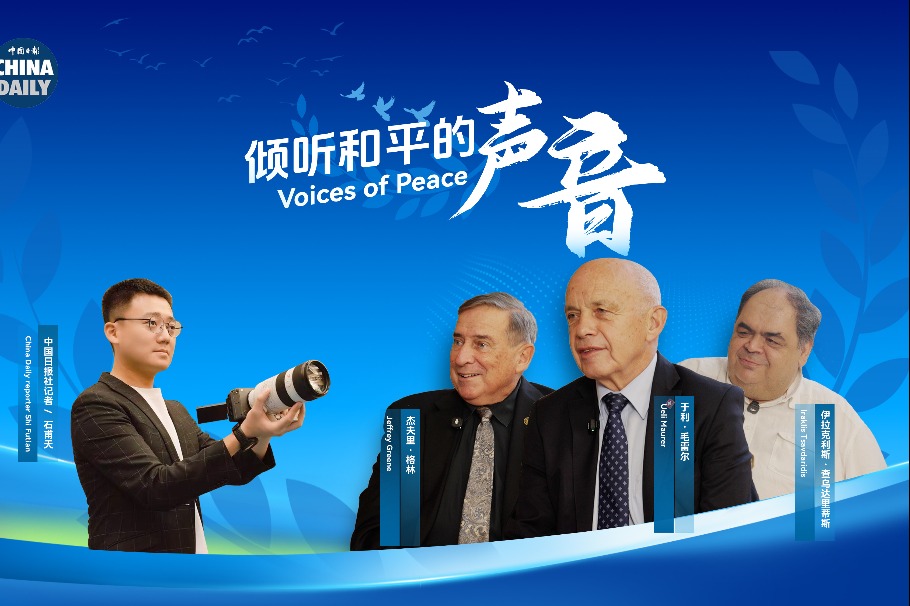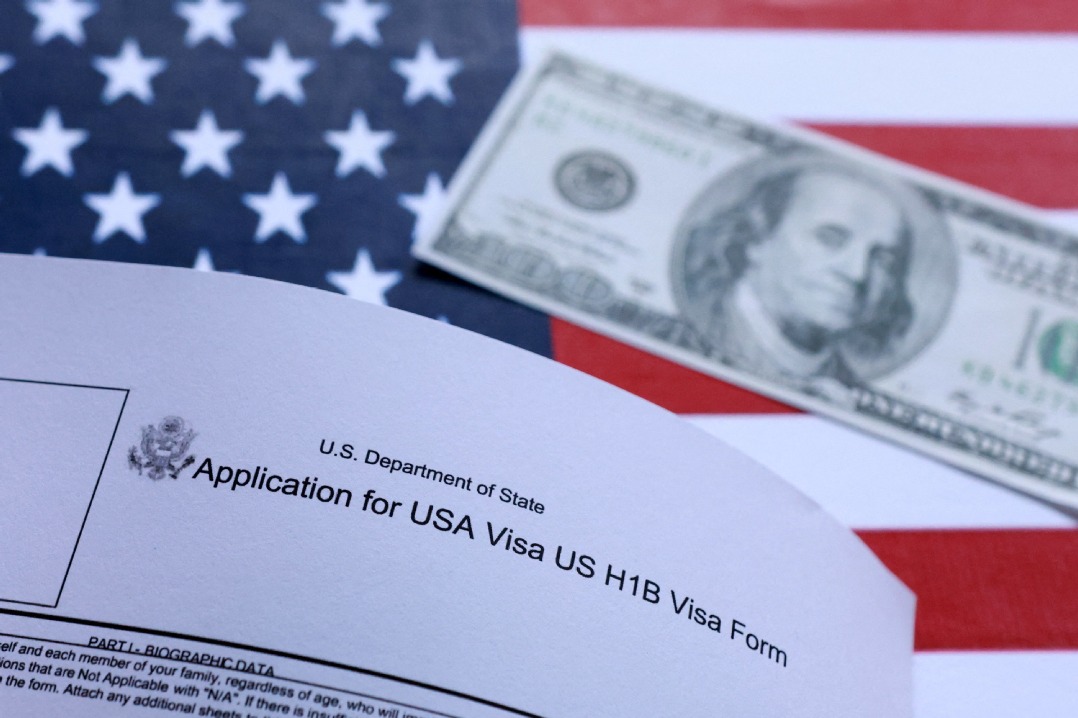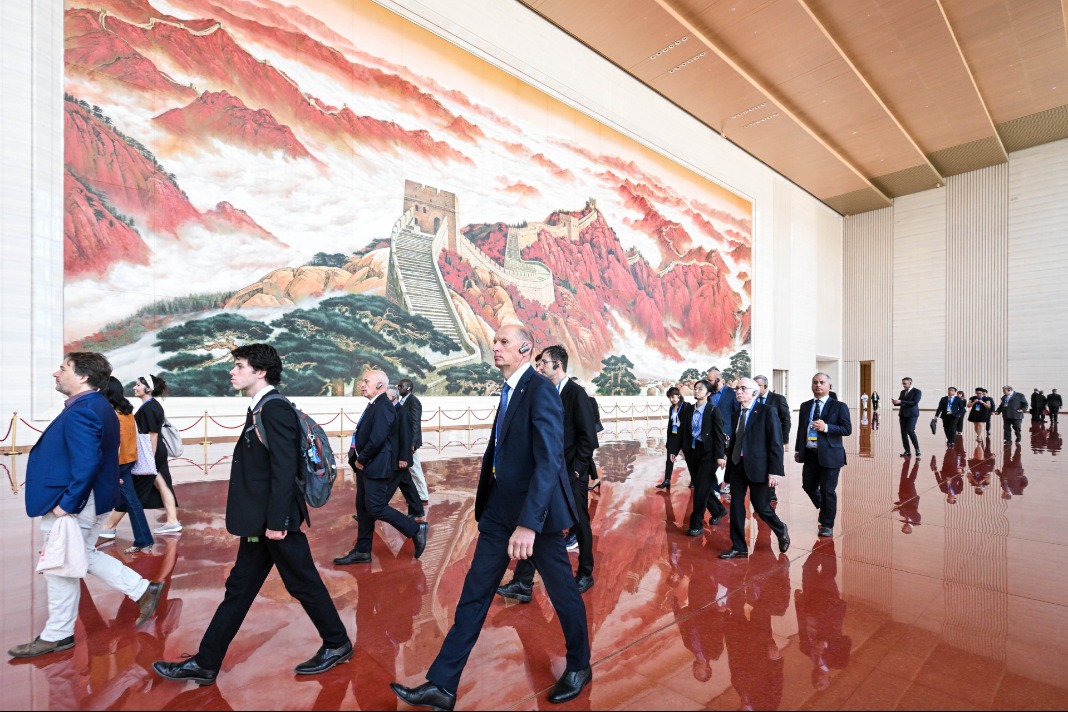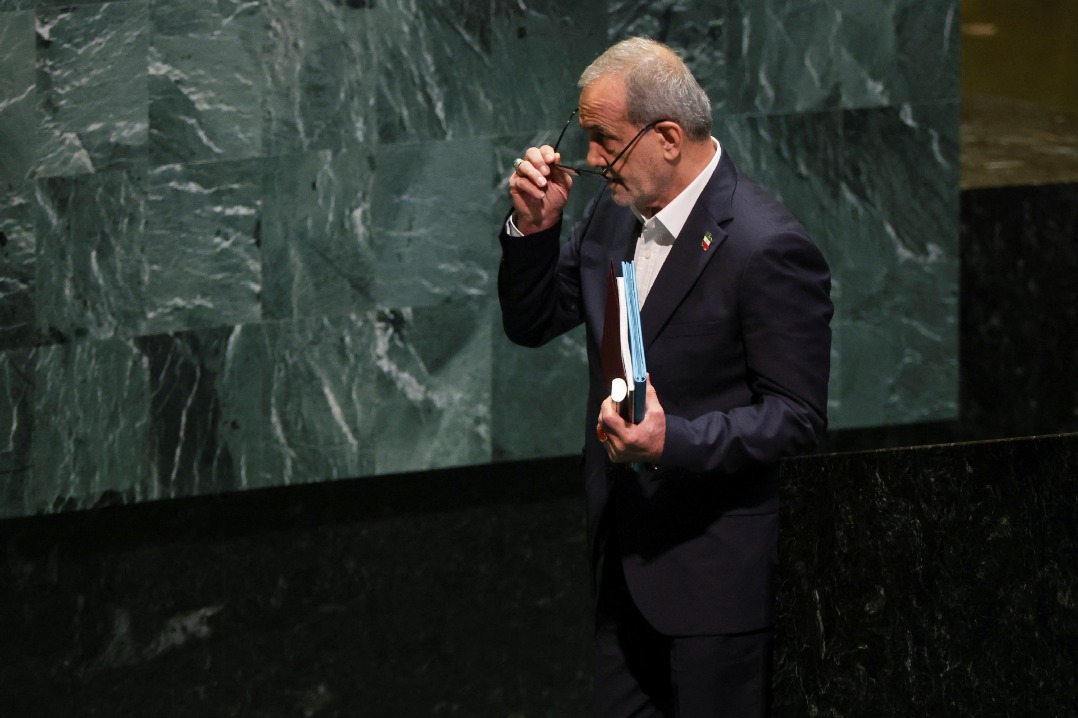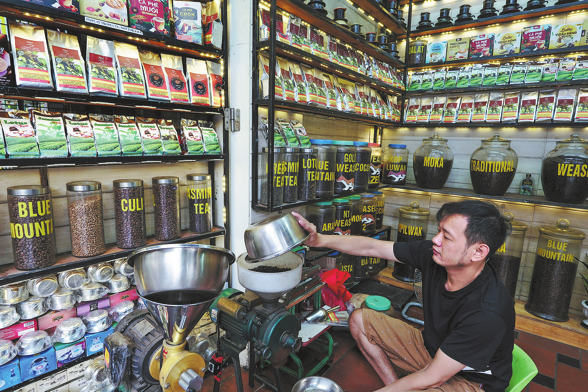Saudi Arabia, Oman eye hospitality sector boost

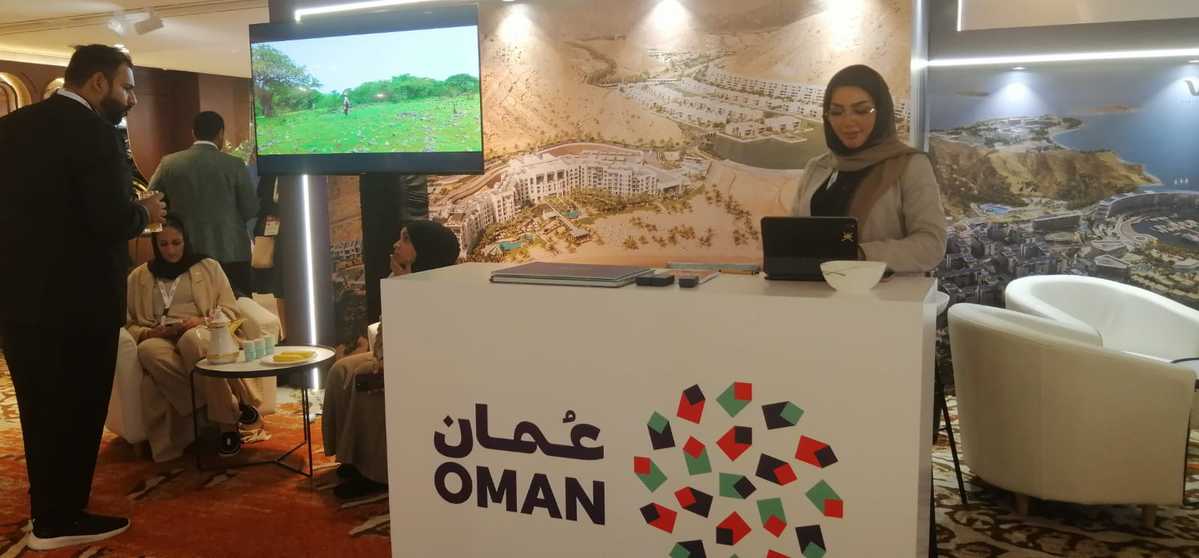
At a recently concluded hospitality investment conference in Hong Kong, officials from Saudi Arabia and Oman gave presentations not only to attract visitors and investors to their countries, but also to demonstrate how policies are shaping their tourism sectors.
The separate discussions were part of the International Hospitality Investment Forum Asia 2025, which ran from Sept 17 to 19 at the Regent Hong Kong hotel in Tsim Sha Tsui. The discussions covered topics including changing tourism trends, more private sector participation, and economic benefits such as job creation, sustainability and responsible tourism.
At a session headlined "Prosper with Purpose: Shaping the Future of Tourism in Saudi Arabia" on Sept 18, Mahmoud Abdulhadi, deputy minister, Tourism Destinations Enablement, at Saudi Arabia's Ministry of Tourism, said his country has been a "focal point for Muslims all over the world".
But as a tourism destination, the country also has "many surprises", he said, citing green mountains, winter snow and coral reefs plus ancient civilizations as well as sporting, cultural and musical events — elements, Abdulhadi said, were important factors in the decision to make tourism a key pillar of Saudi's economic transformation program called Vision 2030.
In 2024, Saudi Arabia recorded 116 million domestic and inbound tourists, contributing $76 billion in spending. That marked the second year in a row that the nation's tourist numbers topped 100 million, an original target for 2030, "which we achieved seven years in advance", said the Saudi official.
The year-on-year growth of spending was 11 percent, which he deemed "extremely healthy" as inbound visitors hit a new record of 29.7 million, who contributed $45 billion in spending. He said the leisure segment "is our fastest-growing segment and today counts for 34 percent of visitors and 26 percent spending".
"Interestingly as well, the split between religious and non-religious travel has shifted from its traditional 56 to 44 percent in favor of religious to 41 percent and 59 percent in favor of non-religious today. We've changed the dynamic," said Abdulhadi.
"Probably the most important metric to note, we have now achieved 959,000 workers in the sector, which is up from 600,000 when we first started our journey," he added.
In other remarks, he said that Saudi authorities have eased visitor access to the country.
"Anybody who 10 (or) 15 years ago … had gone through the process (and) asked for a Saudi visa, (they might have found that it) was probably almost difficult as getting into the US," said Abdulhadi.
Today, he said, citizens of over 60 countries can access Saudi Arabia through a visa system that takes five minutes to complete online. The official added that they are working on improving the regulations to expand the access even further and making it even easier for other countries to be included.
He also said they are "committed to creating destinations that are visitable, investible, sustainable" through reimagining tourism and investing in projects such as Neom, Ad Diriyah, and the Red Sea, among others.
"We wanted to raise the bar and set new standards for tourism and the tourism industry as well as the state-sponsored investment. We focus on the private sector. We wanted to improve the ability of the private sector, both domestic and international, to invest in the Saudi tourism sector," said Abdulhadi.
Further, he said that they are committed to training 100,000 Saudis a year, so investors "could find capable workforces" when entering the market for various new projects.
"In the last five years, we saw 51 new operators and brands enter the Saudi market, all underpinned by 40 new institutional and large-scale private investors who invested in this space. We estimated that the value of the private sector investment from now until 2030 would reach somewhere around $58 billion, delivering about 150,000 rooms," said Abdulhadi.

















